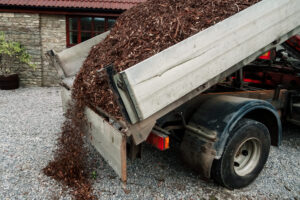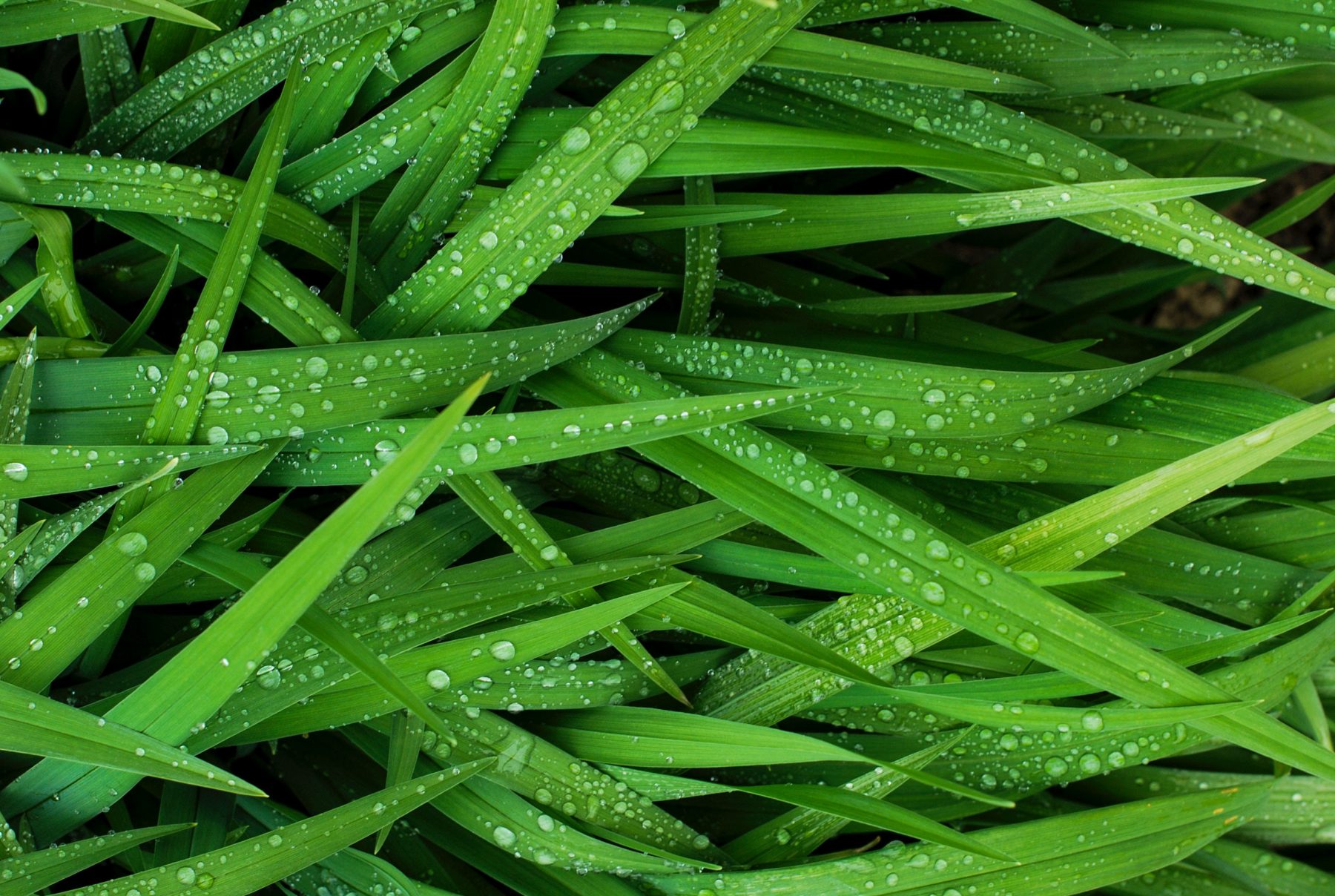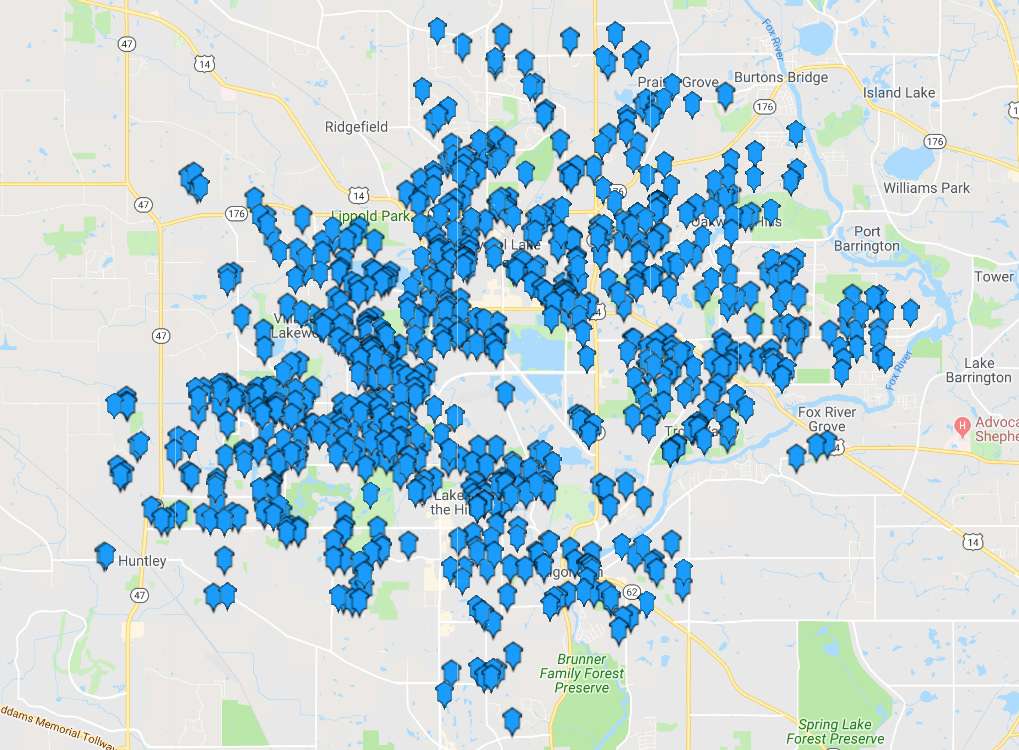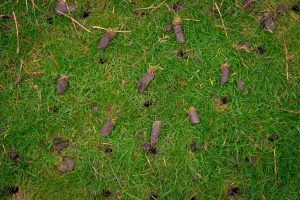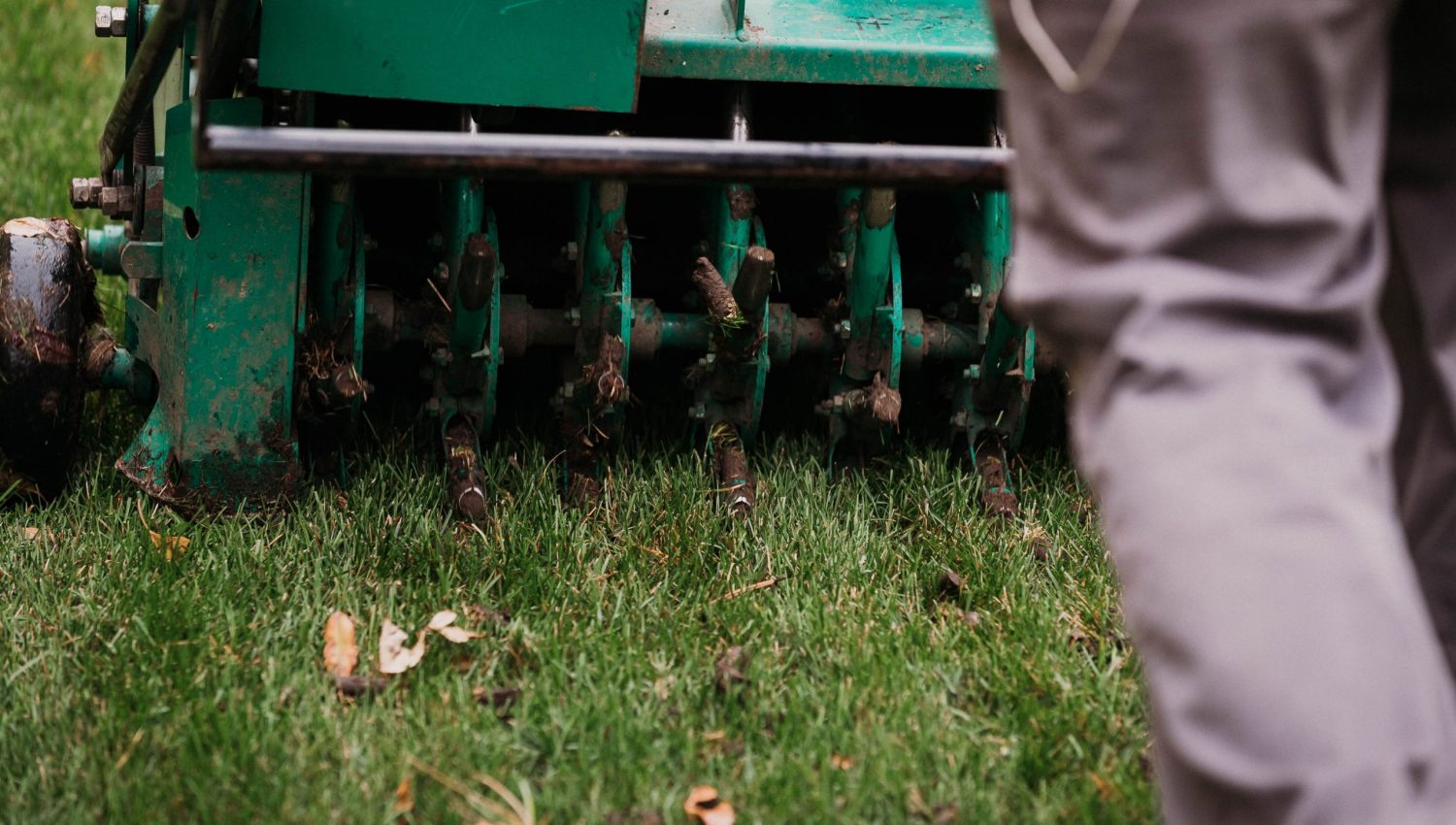
These Less-Known Lawn Care Techniques Are What Your Lawn Needs
Quick Guide
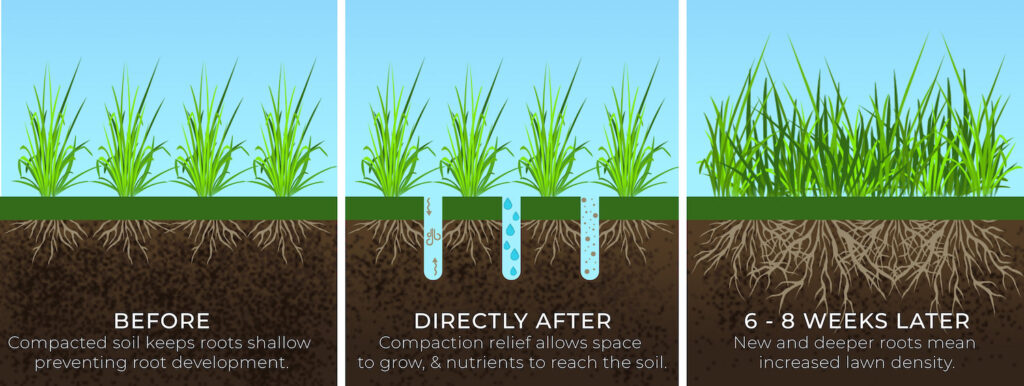
Lawn Aerating Core Aeration Services
What Is Core Aeration?
Let's start with one of the most important and underutilized lawn care services known as core aeration. Aeration literally means introducing air into the soil. Core aeration is a specific type of aeration by which small plugs (or "cores") of compacted soil and thatch are removed from your lawn. This process maximizes air exchange between your grass and the surrounding environment, which will always lead to a healthier lawn!
How Aeration Works
Core aeration requires the use of equipment that pulls small plugs of compacted soil out of your lawn. The plugs are then left on the surface of the lawn to decompose, which reintroduces nutrients into the soil. This process not only introduces air into the soil, it also helps to loosen up compacted soil so that water and nutrients can reach the roots of your grass more easily.
Benefits Of Core Aeration
There are many benefits that come along with core aeration. Providing this service to your lawn can help to improve its overall health, appearance, and resilience. Some of the most notable benefits include:
- Reduced soil compaction
- Improved air circulation to soil
- Enhanced uptake of water
- Increased thatch decomposition
- Improved nutrients to grass roots
- Better heat and drought tolerance
- Reduced water runoff and puddling
- Enhanced root growth
This service is especially beneficial if you live in an area with high clay content soils. Clay soils are notoriously difficult to manage because they compact easily and don't drain well. However, core aeration can help to alleviate some of these problems.
Ready To Sign Up? Get Your Quote
Looking to get signed up for service? Learn more about our current services & quickly get a quote for your property.
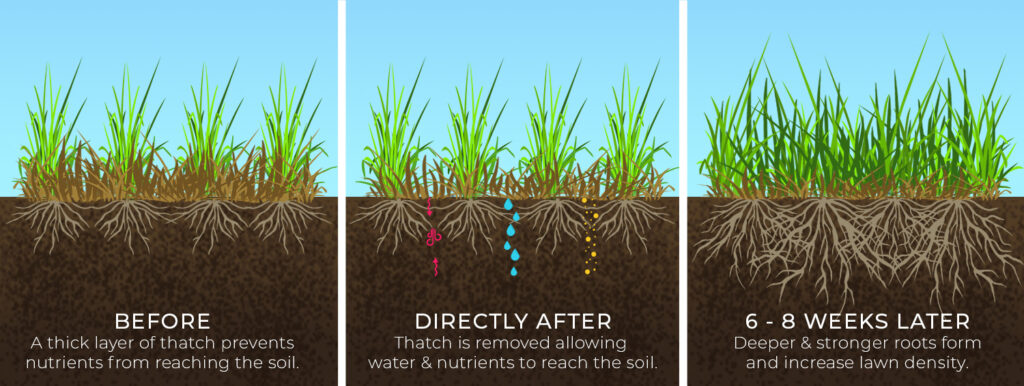
Lawn Thatch Dethatching Services
What Is Dethatching?
Another less-known lawn care technique that you should consider using is called dethatching. Dethatching is the process of removing dead and dying grass, along with any other organic material that has accumulated on the surface of your lawn. This buildup is commonly referred to as "thatch." Thatch is made up of living and dead plant tissue, as well as small pieces of bark, leaves, and stems.
How Dethatching Works
Dethatching can be performed in several ways, but the most common method is called power raking. Power raking involves using a machine that has rotating blades or tines to remove thatch from your lawn. The blades or tines of the machine loosen the thatch so that it can be easily removed.
Benefits Of Dethatching
There are several benefits that come along with dethatching your lawn. The most notable benefit is improved air circulation. When thatch builds up on the surface of your lawn, it can prevent air, water, and nutrients from reaching the roots of your grass. This can lead to a host of problems, including yellowing grass, thinning turf, and increased pest and disease pressure. Dethatching also helps to reduce compaction and improve the overall health of your lawn. Some of the most common benefits dethatching can provide include the following:
- Improved Drainage
- Deeper Roots
- Decreased susceptibility to pests
- Decreased susceptibility to disease
- Thicker and stronger turf
- Healthier Appearance
Keep in mind that a thin layer of thatch (less than ½ inch) can actually be beneficial for your lawn because it helps to protect the roots from extreme temperature changes, and it provides a bit of cushioning. However, when thatch builds up too much (more than ½ inch), it can start to choke out your grass and cause problems.
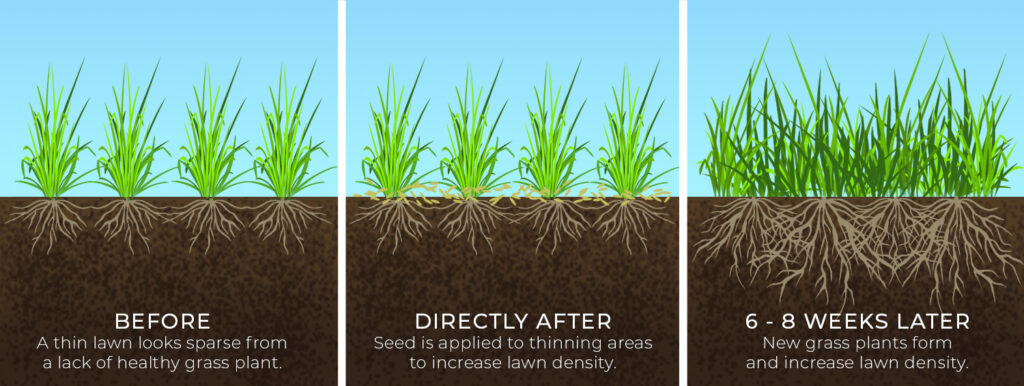
Lawn Overseeding Overseeding Services
What Is Overseeding?
The final underutilized lawn care service is called overseeding, and it involves planting grass seed into an existing lawn. Overseeding is often performed in conjunction with core aeration and dethatching to provide the best possible results. This process differs from new lawn seeding, which is seeding a new lawn in completely bare soil. Rather, overseeding aims to improve struggling areas of otherwise healthy lawns.
How Overseeding Works
Overseeding is a fairly simple process. First, the lawn is prepared for planting by loosening the soil and removing any debris (dethatching). Next, grass seed is spread over the entire lawn using a spreader. Once the seed has been spread, it is lightly raked into the soil so that it comes into contact with the soil. Finally, the seeded area is watered thoroughly. Watering is the most important part of the overseeding process, so it is important to stick to a regular schedule in the days following. Click this overseed watering guide link for more information.
Benefits Of Overseeding
There are many benefits that come along with overseeding your lawn. The most notable benefit is thicker, healthier turf. The work involved with seeding a new lawn from scratch is much more labor-intensive, whereas overseeding is as simple as walking across your lawn and tossing down seed over thinner patches of grass. Some of the issues overseeding addresses include:
- Improving Bare Spots
- Improving Thinning Turf
- Increasing Drainage
- Reducing High Traffic Stress Areas
- Preventing Disease
- Discouraging Pests
It is important to overseed your lawn on a regular basis (every 1-3 years) to ensure a thick, healthy turf. Many lawn care enthusiasts choose to integrate different, more resilient grass types into the seed they use for a more complex and healthy root system.
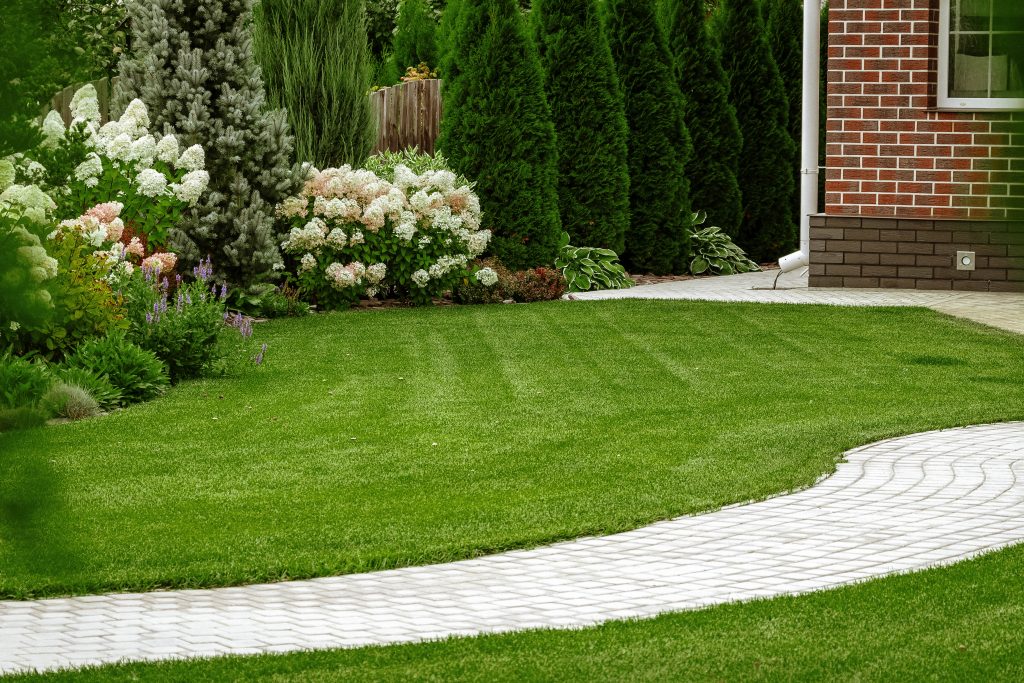
How & When To Get Started
The best thing about these less-known lawn care techniques is that they each benefit each other when performed in conjunction with one another. The holes made in the core aeration process are perfect for laying down seed at a healthy depth for germination. Dethatching right before aeration and seeding is necessary to ensure success, and helps the chances of new grass seed to germinate in your lawn.
Fall is often the best time to aerate, dethatch, and seed! Seeding in fall ensures that your lawn will be ready to emerge early in spring, which is why core aeration should always be performed in fall or early spring. For more information on how core aeration, dethatching, overseeding or any number of other services can improve your lawn, contact Elite Lawn Care today.
Start Your Quote Today! Getting Started
Get your weekend back & simplify your life this season. Trust Elite Lawn Care for your Lawn Care, Landscaping & Snow Removal needs.
-
1Choose Your ServicesChoose the services your property needs throughout the year.
-
2Set Up & Finalize Your AccountFill out the form & one of our team members will contact you.
-
3Discover The DifferenceServices are automatically scheduled, completed & billed.



